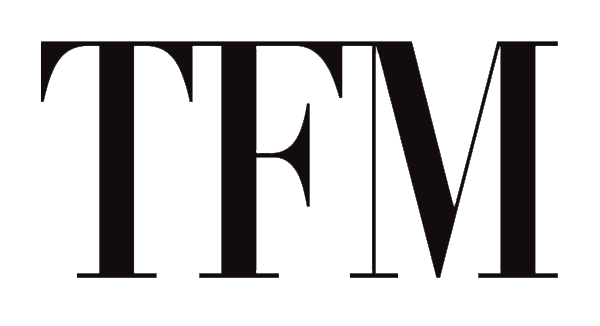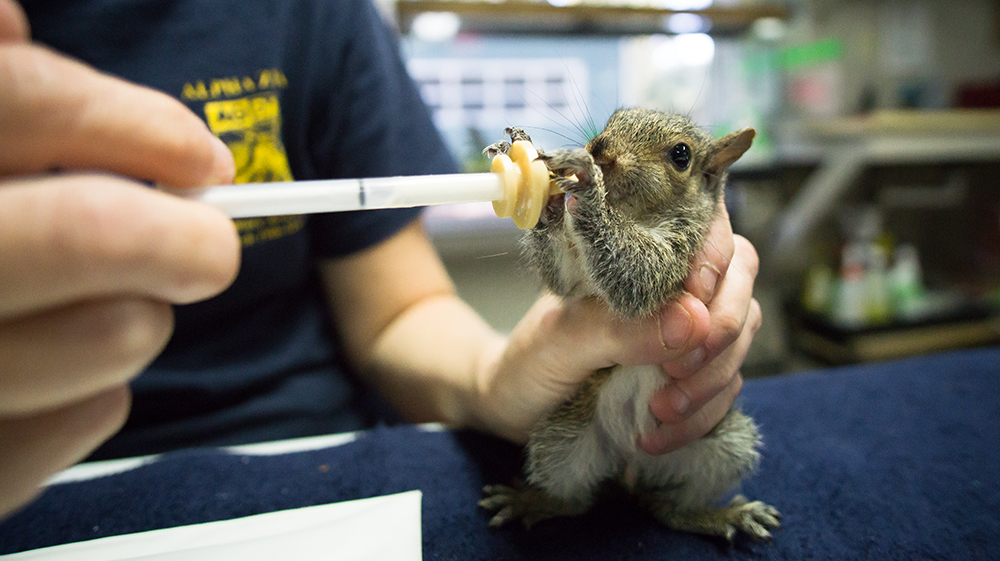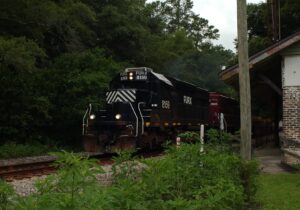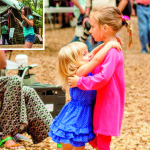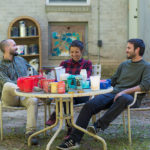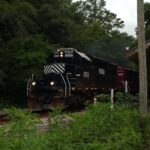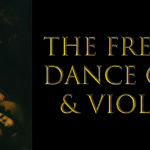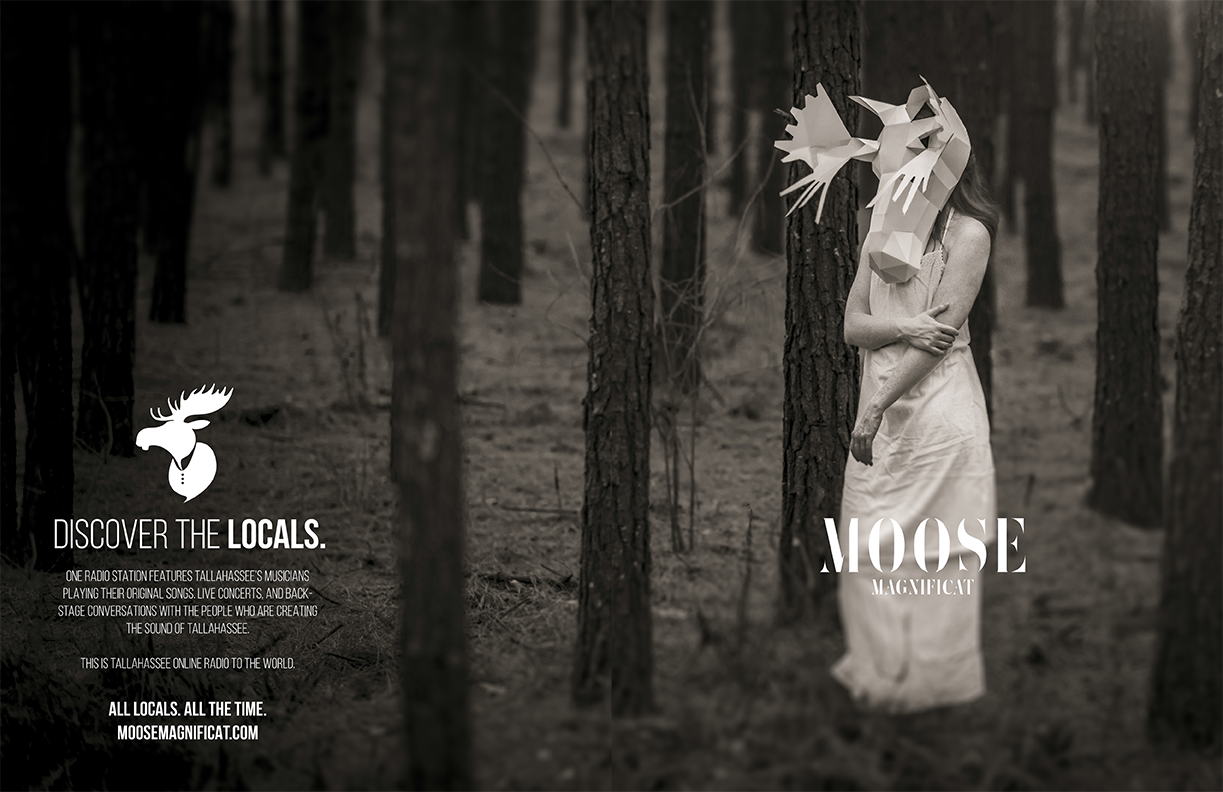Words and Photography By Remi Escudie
In a forest on the edge of Florida, I sit and talk with Teresa Stevenson, director and wildlife rehabilitator for the St. Francis Wildlife Association. As we talk, a large crow lands on the table near my hand, takes my pen and f lies away.
“That’s Heihei,” said Stevenson. “He likes to come around and steal our stuff sometimes.” Heihei is one of the thousands of animals to be rehabilitated by Stevenson and her team at St. Francis Wildlife Association, but he isn’t like the others. Human interactions are strictly kept to feeding and care at St. Francis, but Heihei required special attention.
“When we got Heihei as a baby bird, he was very weak and close to death,” said Stevenson. “Usually we put baby animals with their own kind, but we didn’t have any other baby crows.” In order to get Heihei to eat and recover, the rehabilitation staff had to stimulate him in place of other crows. None of the other animals at St. Francis have received this treatment, but for Heihei, it was life and death. Still, he’s not habituated—meaning he doesn’t have trouble relating to other members of his species, and he’s also not imprinted, which means he doesn’t think he’s a person.
“He’s just familiar with us,” said Stevenson. “He spends most of the time with other birds, but every now and then he will come over to play with our stuff.” I looked down at Heihei, who was busy vigorously destroying my notepad. In addition to crows, St. Francis Wildlife Association takes in all kinds of birds, opossums, deer, turtles and a ton of baby squirrels—almost any wild Floridian animal in need of help. Most of the animals that are taken to St. Francis were directly or indirectly affected by human activities.
“The majority of the animals are found by normal people, and many are hit by cars, tangled on fishing line, or attacked by cats and dogs,” said Stevenson. “Whatever the case, we take care of the injuries.”
The team at St. Francis is trained to treat wounded wildlife, from giving medications and injections to putting on splints. If the animal needs a more intensive medical procedure, like a surgery or an x-ray, they have several veterinarians who help them for free. When the procedure is completed, the St. Francis staff will bring the animal back to the rehabilitation center and nurse it back to health. This process operates year-round, but spring and summer are the busy seasons for St. Francis because babies are being born and getting into trouble.
“The songbird babies have to be fed every 10 minutes all day long, and the baby mammals are fed every two to four hours through the day and night,” said Stevenson. “Then when you’re done feeding them you have to start all over again. We’re busy around the clock.”
While the orphaned wildlife tends to cycle with the birth season, rehabilitation tends to be more consistent because animals are getting hurt year-round. These critters come in with an assortment of injuries, most of which are caused by humans.
“Sometimes the animals we get have accidentally been poisoned by people who put chemicals outside to kill other animals,” said Stevenson. “They’ll put rat poison outside and any animal will eat it.” According to Stevenson, most of the eagles that go through St. Francis have lead poisoning. This can come from eating prey that has metal in it, like hunted game or fish that have swallowed metal hooks. Domestic cats also have a huge impact on wildlife by killing millions of wild animals every year.
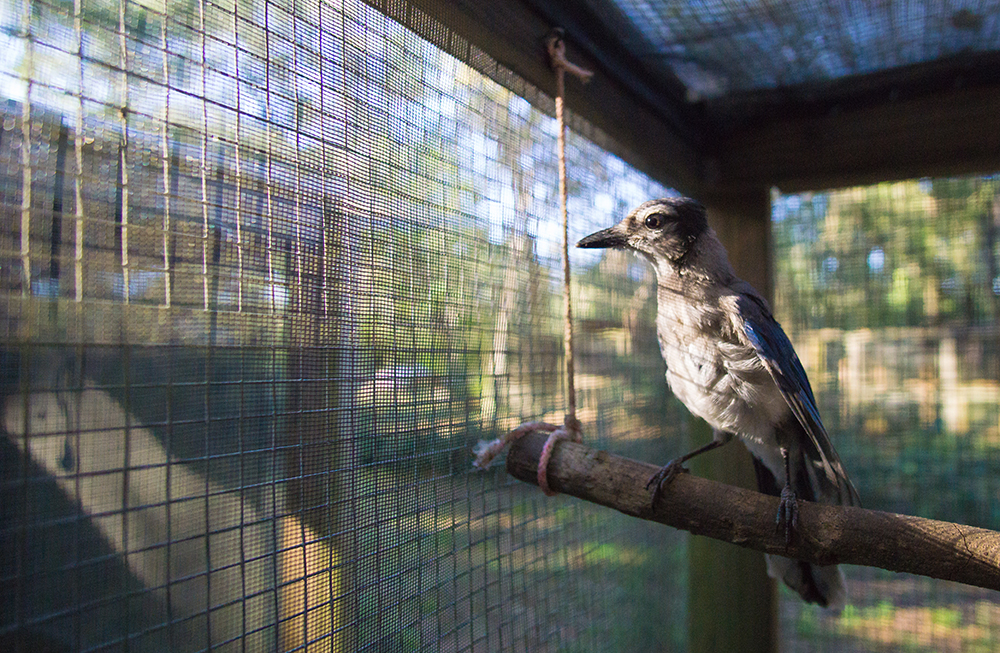
“People need to do things like keep their cats indoors, dispose of their fishing gear properly, and stop using poisons or pesticides in your yard,” said Stevenson. “Poison kills one thing, and then another animal eats it, and another eats it after that. It never stops killing.”
By working to heal these wounds, Stevenson and her team’s ultimate goal is to release the injured or orphaned animals back into the wild. About half of the animals make a full recovery and are set free. Orphaned animals can sometimes have a disadvantage if they weren’t raised by their wild parents, but they are not always in a worse place than their wild counterparts.
“You can look at it from two points of view,” said Stevenson. They weren’t raised by their parents, but many baby animals die in the wild when they’re young.” Babies are extremely vulnerable to predators and the elements, so the survival rate for baby animals is usually very low. At St. Francis they have a better chance of surviving childhood. These animals may not have been raised in the wild, but they leave the rehabilitation center healthy, fed, and ready for the outside world.
For the other half of the animals—those that don’t recover enough to be survive in the wild—St. Francis works to f ind them homes as education animals. “I recently flew a baby opossum—she was born blind—to an Audubon farm in Massachusetts that’s going to use her for educational programs,” said Stevenson. “We work to make sure these animals are good candidates for captivity; some of those find a home and will have a long life as wildlife ambassadors.”
The life of animals after rehabilitation can vary drastically. The wild is filled with dangerous interactions with weather, humans and other animals. Once the rehabilitated animals are released, they are set off to fend for themselves and hopefully to integrate back into their ecological niches. Aside from the animals sent into educational roles, the St. Francis staff rarely knows how their animals fare in the wild. In the eight years Teresa Stevenson has worked for St. Francis Wildlife Association, there has only been one exception.
“We don’t see Heihei as often anymore, which is a good thing,” said Stevenson. “Every now and then he’ll come visit us, but gradually he’s coming less and less because he’s making a home with his own kind.”
